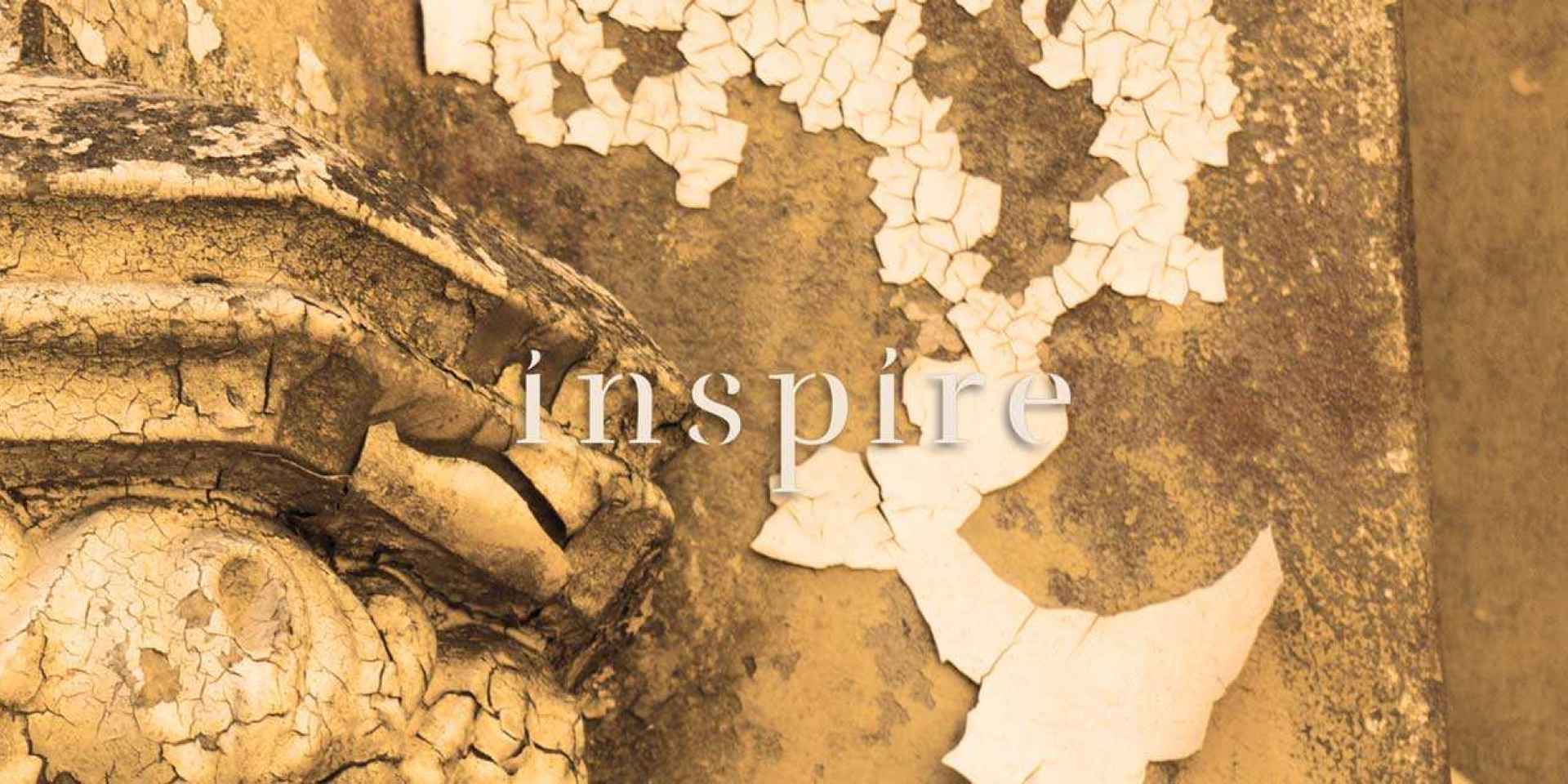
Why Chalmers?
As a result of rapid growth and as part of a strategic planning session in 2011, Walker Designs identified the need for a new home. Director Graeme Walker was after something different, and iconic Launceston building Chalmers presented itself as an inspirational option. Like many Launceston locals, he'd been fascinated by the building for many years. Within an hour of the planning session, Graeme had knocked on the door and the wheels were set in motion.
"Design creates culture, culture shapes values,
values determine the future."
Our challenge was to introduce a contemporary feel to the space, while doing justice to its heritage. We have created a unique space that allows growth for Walker Designs while delivering an inspirational space for clients and the team.
Sure there would have been easier options, but Chalmers fits the Walker Designs way – embrace insane challenges and create something significant and inspiring.
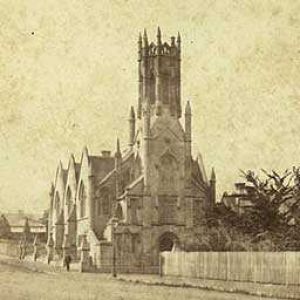
1859
January 19th, Foundation stone laid
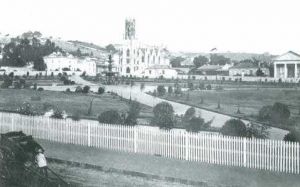
1860
January 15th, the dedication took place and was named after Thomas Chalmers
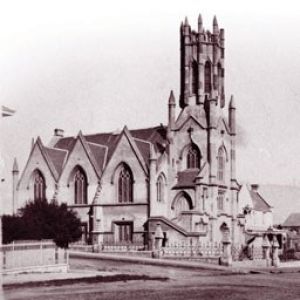
1896
Chalmers became part of the united Presbyterian Church (later to become the Uniting Church)
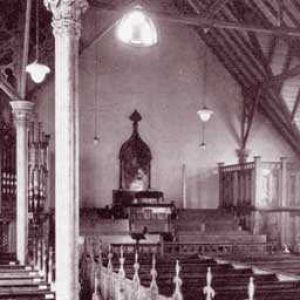
1981
Chalmers was deconsecrated
Bought by Trinity Projects, who planned to convert the building into four town houses
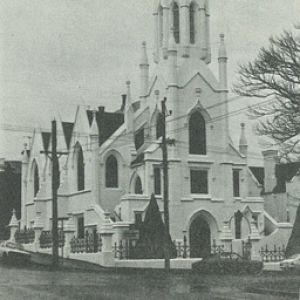
1986
Bought by Launceston Players
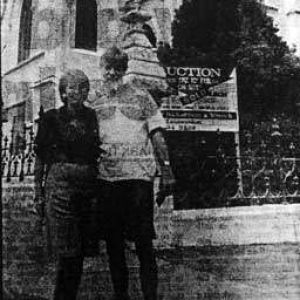
1990
Purchased privately by Ken and Juliet Partridge
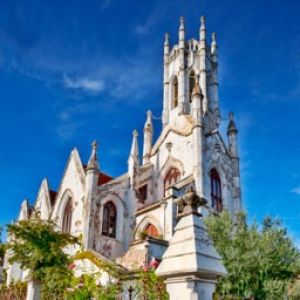
2011
Purchased privately by Graeme and Jodie Walker
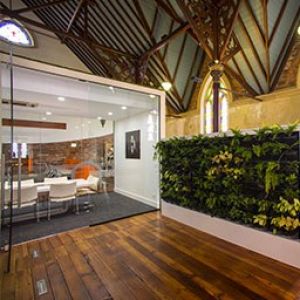
2014
Renovations are completed and Walker Designs relocates to the site
Read more about the new Chalmers
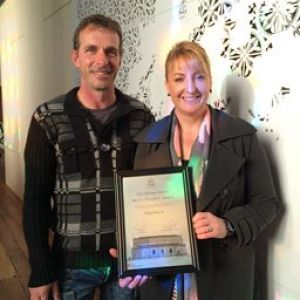
2015
Graeme and Jodie Walker receive the "Major Project Award" in the 2015 Heritage Awards from the City of Launceston"
The New Chalmers
The following extract from The Cool Hunter’s review on a church conversion in the Netherlands reflects our thoughts on Chalmers project perfectly...
"To stay true to the original character and charm of the church,
whilst also achieving a desirable amount of commercial space.
To respect and remain true to the original structure".
The building features state-of-the-art facilities in a space that matches our creative vision, encompassing:
An open-plan, creative work environment
Formal and casual meeting spaces
Indoor break-out and brainstorming areas
Dedicated group training room
Digital print/production room
Booth-style staff lunch area
Eight ball recreation room
Outdoor break-out area
Watch the Transformation
Listen to interview on opening day
ABC Drive Interview of Graeme and Jodie by Penny Terry
Examiner article | Oct 17, 2014
History
Beginnings

The Great Disruption of 1843 in Scotland divided Presbyterians into two groups – members of the Free Kirk or of the National or Established Church.
In Tasmania members of the Free Kirk combined to call the Rev. James Lindsay in 1852, and on January 19th 1859 the foundation stone of Chalmers Church was laid. The Rev. James Lindsay then proceeded to lay the stone, which is a massive block of freestone weighing about a tonne and a half.
Having deposited in a prepared cavity a bottle hermetically sealed, containing:
- The model Deed of Church The Free Church Protest of 1843
- The Testimony of the Free Church Association, Launceston, 1848
- The Declaration of the Free Church Presbytery of Tasmania, 1853
- Royal Kalendar, 1859
- The local newspapers
- Current coin, and written parchment
– the stone was lowered and adjusted into its place, and the customary ceremonial of the mallet was performed.
Chalmers was officially opened on January 15th, 1860, by the Rev. William Nicholson of Chalmers Church, Hobart.
The architect was William Henry Clayton, and the church was named after Thomas Chalmers, the leader of the Great Disruption. In 1896 the church became part of the United Presbyterian Church, later to become the Uniting Church.
Heritage
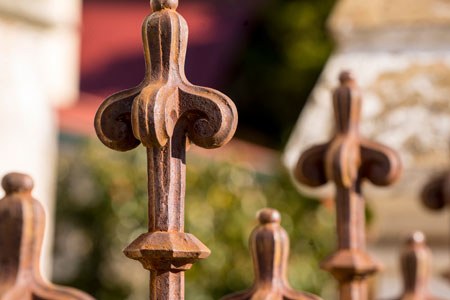
The building, including the cast iron railings (designed by Clayton in England), is classified by the National Trust, is on the Register of the National Estate and is included in the Launceston National Estate Conservation Study. It is also granted similar status under the ‘Prince’s Square Precinct’ entry.
The Fincham organ, boxed pews, wooden dado and other church furnishings were removed in 1981.
The 1902 Geo. Fincham & Son organ now resides at the St Silas’ Anglican Church, Albert Park (VIC) where it is played weekly.
The Architect
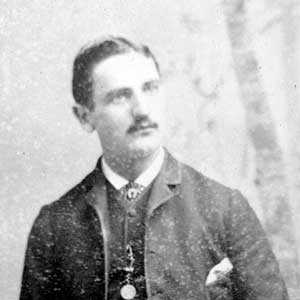
William Henry Clayton
Biography by Anna Crighton
William Henry Clayton was born on 17 November 1823, at Norfolk Plains, Van Diemen’s Land (Tasmania). He was one of 12 children of Henry Clayton and his wife, Mary McLaughlan.
William was educated at the local Longford Hall Academy. Henry Clayton, a successful farmer and merchant, wanted his son to have the benefits of higher education, so the Clayton family sailed for England on 28 March 1840 on the Adelaide.
While in England William Clayton was articled to a prominent architect, and in the course of his architectural training he became proficient in surveying and civil engineering.
On 7 October 1847, at Clapham, Surrey, William married Emily Samson. Soon after, the couple departed for Tasmania, arriving on 7 March 1848. William and Emily Clayton spent the next 15 years in Tasmania.
William achieved recognition as an architect: he designed over 300 buildings, including churches, mansions and commercial buildings. He was also employed by the Survey Department for four years from late 1851 to late 1855. William acquired status in community affairs: he was an alderman in Launceston from 1857 to 1863 and in 1858 was appointed a justice of the peace.
Attracted by business opportunities arising from the success of the Otago goldfields, William Clayton emigrated to New Zealand, arriving at Dunedin on the Omeo on 29 April 1863. By 1864 he had allied himself with William Mason, a well-established New Zealand architect; they practiced under the name of Mason and Clayton.
Seven days after an amputation (from an infected ankle), on 23 August 1877, Clayton died. He was buried in Dunedin’s Northern cemetery the following day. He was only 53.
Aesthetics
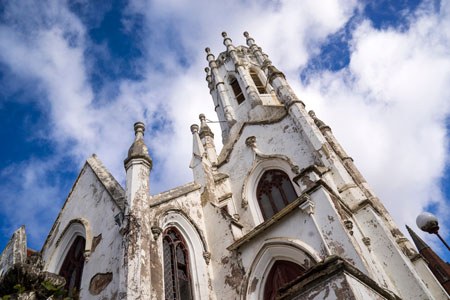
Chalmers is a dazzling example of flamboyant Gothic Revival style. The Gothic features of Chalmers include; numerous arched windows, the steeped pitched roof and the magnificent Gothic style iron fence (which provides the boundary on the northern, eastern and partially on the western sides of the property) and are still retained today.
The ornate bell tower, encompasses eight facemasks – presumably the face of John Knox, considered to be the greatest Reformer in the history of Scotland and of the Church of Scotland in the 1500s.
Bell
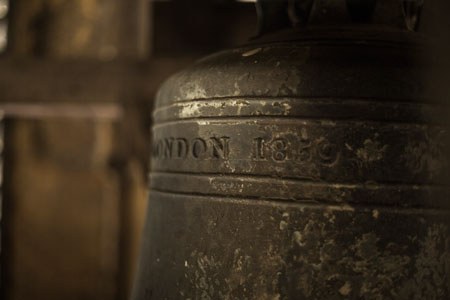
High up in the dusty belfry you will find the original bell, cast in London by G. Mears Founder London 1859. It is said to weigh over a tonne.
The ornate bell tower, encompasses eight facemasks – presumably the face of John Knox, considered to be the greatest Reformer in the history of Scotland and of the Church of Scotland in the 1500s.
The Namesake
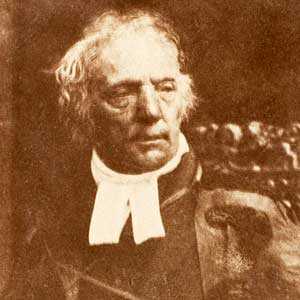
Thomas Chalmers / Scottish Church Reformer and Theologan
1780–1847
Biography by Encyclopaedia of World Biography on Thomas Chalmers
The Scottish church reformer and theologian Thomas Chalmers was a central figure in the 1843 secession of the Free Church from the Presbyterian Establishment.
Thomas Chalmers was born in Fife on March 17, 1780. After Presbyterian ordination in 1803, he was a successful preacher and instructor.
In 1823 Chalmers became professor of moral philosophy at St. Andrews. From 1828 to 1843 he was professor of theology at the University of Edinburgh, and during this period he wrote many of his 34 volumes of published works. But more important was his leadership of the reformers in the crisis over patronage in the Scottish Church.
At the annual Presbyterian General Assembly in 1832, with Chalmers as moderator, a proposal to change the patronage system failed. Finally, in May 1843, Chalmers regretfully led the famous secession of 470 ministers, who then began the Free Church of Scotland. As the first moderator, Chalmers raised substantial sums to finance the building of hundreds of new churches for the schismatics. From 1843 to 1847 he also served as principal of the Free Church’s New College.
Chalmers died suddenly on May 31, 1847. It is said that half the population of Edinburgh attended his funeral.
Media
Chalmers transformation wins major award | Media Release (PDF 289 KB) | May 26th, 2015
ABC Drive Interview with Penny Terry | Oct 17, 2014
Veil Lifted on Chalmers Church's renaissance | The Examiner | Oct 17, 2014
Bell tolls change for Chalmers | The Examiner | March 9, 2014
Gallery: Inside Chalmers Church | The Examiner | Mar 9, 2014
Chalmers Church renovation on track | The Examiner | Sept 1, 2013
Chalmers Church sold | The Examiner | Oct 12, 2011
Download our Chalmers Launch Brochure
Enquiries can be addressed to info@walkerdesigns.com.au
